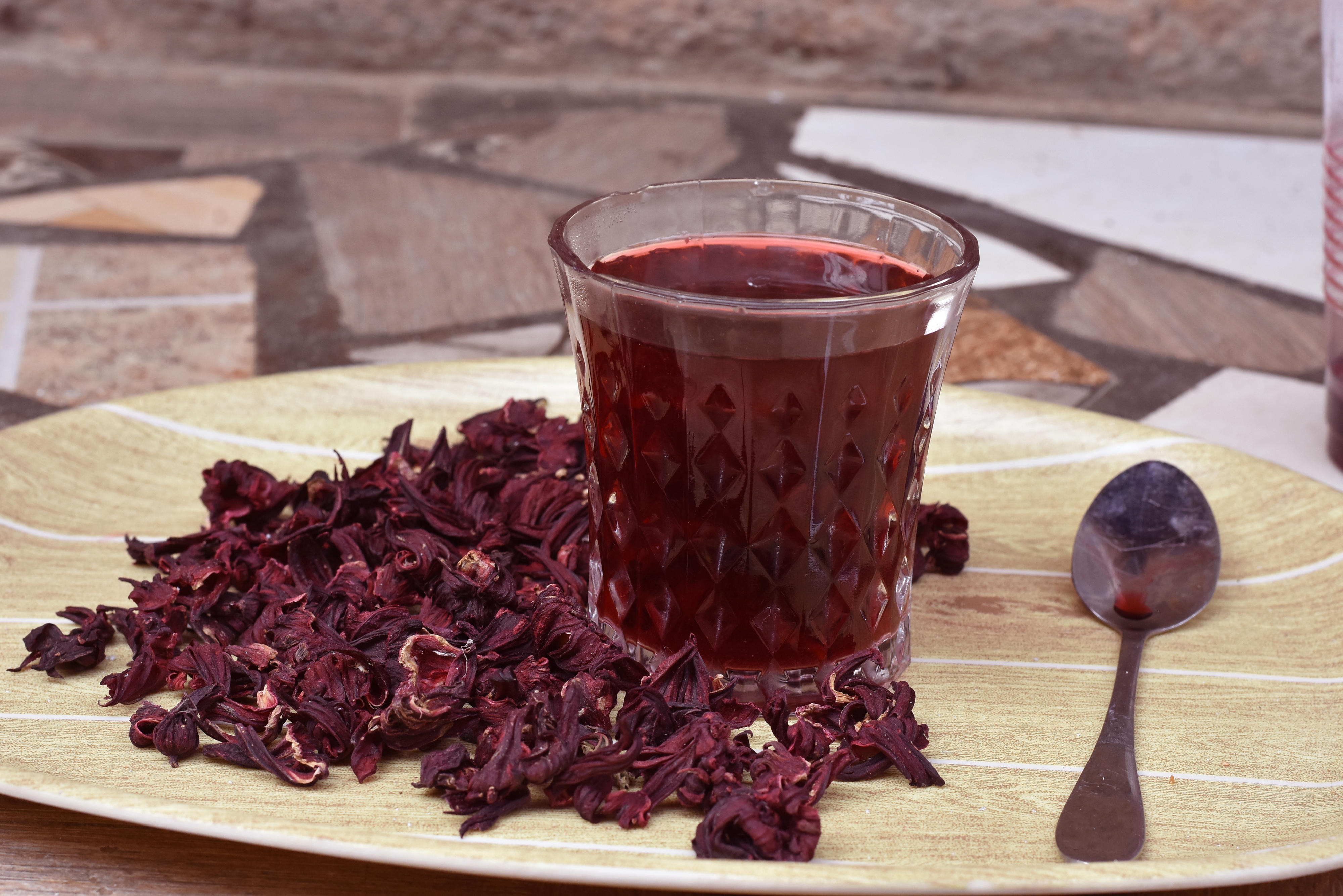Have you taken your cup of hibiscus tea?

Hibiscus is a plant considered safe in common food amounts
What you need to know:
Hibiscus is a plant considered safe in common food amounts. As a tea, it may be beneficial for high blood pressure, among other health benefits
Hibiscus sabdarrifa has been a go-to beverage for many people recently. According to afternoonteareads, its flower and sometimes its leaves are dried out to use for tea.
For about Shs1,000, one can get enough hibiscus, also known as roselle from the market to last a week. It comes in two varieties, Alma Blanca (white) and Criolla (red).
Criolla, the most common in Uganda, when immersed in water turns it into a deep violet red (does not matter the temperature). Other than the notion that it increases blood count simply because of its red hue, there is more to hibiscus than meets the eye.
While most of those who enjoy it take hibiscus tea or a cold drink using loose flower petals, others prefer tea bags, ready-to-drink tea liquid extract and encapsulated powder to get the same results.
Unlike other herbal teas, hibiscus poses both benefits and risks at the same time and notably does not affect different people the same way, which is why one should take caution on when to take it.
Benefits
Hibiscus contains anthocyanin, a specific type of antioxidant that is also found in berries. The antioxidant is said to be responsible for their red colour and has been linked to reducing one’s risk of chronic diseases suche as hypertension
Hibiscus Sabdariffa decoctions and infusions of calyxes, and on occasion leaves, according to pubmed, are used in at least 10 countries worldwide in the treatment of hypertension and hyperlipidemia with no reported adverse events or side effects.
The daily consumption of a tea or extract produced from hibiscus sabdariffa calyxes significantly lowered systolic blood pressure (SBP) and diastolic blood pressure (DBP) in adults with pre to moderate essential hypertension and type two diabetes. In addition, its tea was as effective at lowering blood pressure as the commonly used blood pressure medication Captropril, although less effective than Lisinopril.
Because it lowers blood pressure, Dr. Grace Nambatya, the director of research at the Natural Chemotherapeutics Research Laboratory, Kampala, suggests it is not good for people who already have low blood pressure, as it can be dangerous.
Dr. Nambatya’s first encounter with hibiscus was in Egypt.
“It is the drink they give for good sleep,” she said, adding that it will not yield the same results for people who already have low blood pressure plus it may also not be good to drink it before driving.
Overall heart health
Hibiscus does more than lower blood pressure, blood sugar, and cholesterol. According to Ivan Philip Baguma, a nutritionist, if kept at a constant low level, these benefits will lead to better heart health.
“It’s important to keep your blood pressure at a stable level because, over time, high blood pressure can put unnecessary strain on your heart. This weakens it and increases your chances of heart disease,” Baguma said.
Natural food colour
According to Dr.Nambatya, instead of using artificial pink food colour, you can use hibiscus and the amounts used cannot affect a person’s health.
According to healthline, when used as a tea, hibiscus is generally considered safe. But more research is needed to determine a safe dosage for pregnant or breastfeeding women, children, and people with liver or kidney disease.
Obesity
A review from gathered reports by ncbi on animal models as well as humans revealed that toxicity of hibiscus is dose-dependent and may cause an adverse effect when administered over a long period of time.
The reports showed that Hibiscus sabdariffa derived bioactive compounds are potent in the treatment of obesity with an evident reduction in body weight, inhibition of lipid accumulation and suppression of adipogenesis.





